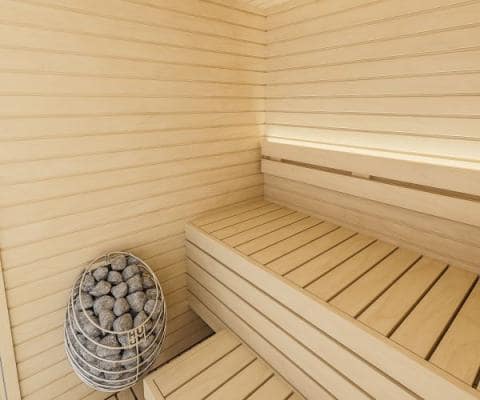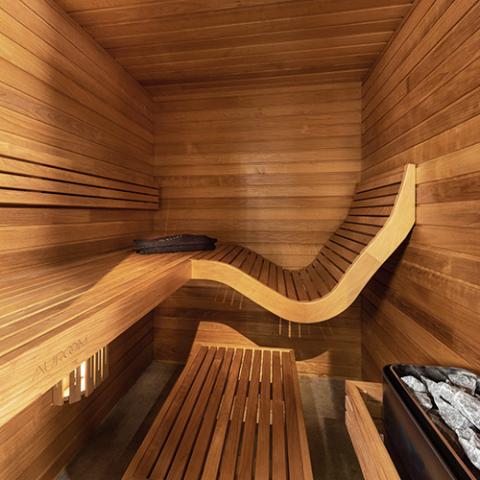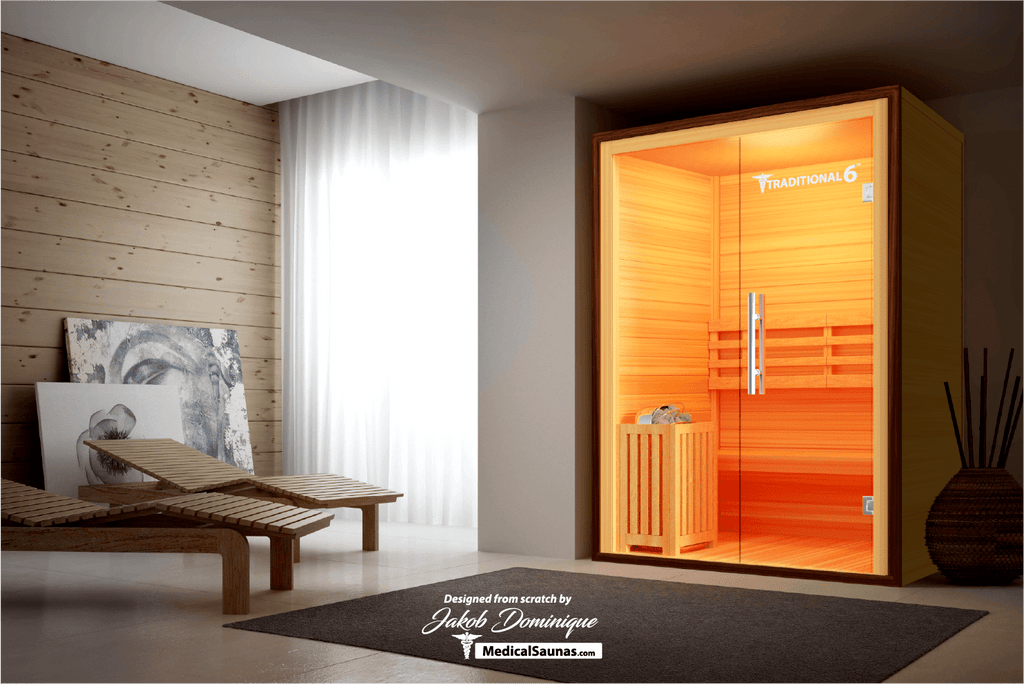Examine This Report on Traditional Sauna
Examine This Report on Traditional Sauna
Blog Article
Not known Facts About Traditional Sauna
Table of ContentsThe smart Trick of Traditional Sauna That Nobody is Talking AboutGetting My Traditional Sauna To WorkThe Only Guide to Traditional SaunaExamine This Report on Traditional SaunaThe Best Guide To Traditional Sauna
Many of the weight shed in a sauna is water loss and is re-gained upon rehydrating. Without a doubt sauna can be a crucial part of a healthy and balanced weight loss program. To look at the distinctions in between standard and IR saunas, I will separate these into verifiable, academic, and fabricated distinctions.Thus, the best factor in the saunawhich goes to the ceiling straight above the sauna heateris usually in between 185 and 190 F. Claims that a standard sauna exceeds 200 F is simply not true and not appropriate for electrical saunas offered in the United States. The temperature level for a far-infrared sauna is typically set between 120 and 140 F; nonetheless, unlike the typical sauna, the goal in and IR area is not to attain a high temperature level.
Due to this, the temperature level difference is almost irrelevant, because profuse sweating results in both sauna types, yet the approach of heating up the body is various. In an IR sauna the bather will certainly feel hot and will sweat profusely, however at much lower temperatures (Traditional Sauna). Thus, if the objective is to spend longer amount of times in the sauna, the IR sauna is a good option
When a conventional sauna has been effectively warmed, the sauna wall surfaces are warm, the air temperature has actually attained set temperature and the rocks are extremely heated. As a fascinating side note, the warmed walls and the rocks are emitting far-infrared warmth, integrated with the heated air, to produce an "covering warm".
Some Known Facts About Traditional Sauna.

When the heat is accomplished, the components cycle on and off to maintain the heat. The majority of typical sauna individuals enjoy pouring water over the rocks to produce heavy steam to raise sauna humidity degrees. The advantages of putting water over the rocks consist of: making the space extra comfy, dampening the nasal flows, and allowing the usage of aromatherapy by blending important oils with the water.

When the power gets in the body, it triggers the body temperature level to raise and inevitably leads to sweating. In an infrared sauna it is very important for the emitters/heaters to stay on practically frequently. Considering that there is no mass of rocks to retain heat, the sauna will cool if the emitters closed off.
As mentioned above, the sauna bather in an infrared space intends to position himself before running emitters to get optimal gain from the heat. The home heating time for the two areas can be extremely different, relying on exactly how the spaces are used. For a typical sauna, a bather ought to permit 30-40 minutes for the area to attain a wanted temperature and to properly pre-heat the rocks.
Traditional Sauna for Dummies
A well created sauna will usually accomplish a temperature level of 150-160 F in concerning 30-40 mins. For hotter temperatures, the room might need to warm for a longer duration.

Conventional visit our website saunas often tend to be bigger (therefore utilize even more electrical power) than infrared saunas, although typical saunas are certainly available in one and two individual sizes as well. check this site out For a two-person standard sauna, 5x6 or 5x7 dimension is most preferred. The leading bench can conveniently seat 2 or three people and is additionally enough time to lie down during the sauna session.
Traditional Sauna Things To Know Before You Get This
The average cost per kWH of electrical energy in the U.S. is roughly $0.11, so a 4.5 kW heater will cost around $.50 to compete one hour, if the heater runs continuously for one hour. Typically a sauna heating system will certainly compete 75% of the first hour and 50% of subsequent hours on because the aspects cycle once the established temperature level is achieved.

There is a hardly ever gone over distinction in the social experience between the 2 spaces. While our culture has actually shed several of the social benefit of the typical sauna experience, it can be Full Report extremely socially satisfying (Traditional Sauna). From household time in the sauna, to heart-felt discussions with better halves, to sauna partiesthe typical sauna experience can result in intimate socializing
The Facts About Traditional Sauna Revealed
The majority of greater end infrared spaces consist of colored light treatment, audio systems and full-glass fronts.
Report this page